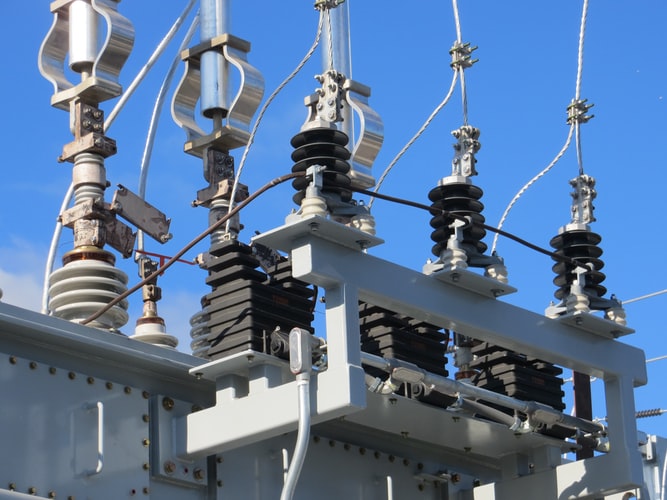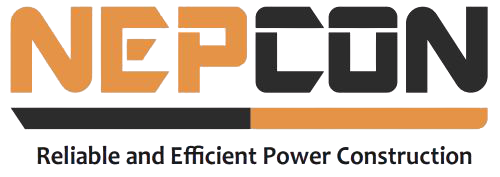
Substation
High-voltage electrical equipment such as transformers, switch gear, and circuit breakers make up a substation. A substation’s job is to ‘step down’ high-voltage electricity from the transmission system to lower-voltage electricity that can be easily distributed to local homes and businesses via lower-voltage distribution lines. A substation is a fenced-in area with a building and an electrical-equipment-filled yard. A substation’s technical and safety requirements must not be compromised.
The main function of substation
Substations are energy supply sources for the local distribution areas in which they are located. The following are their primary responsibilities:
- To receive energy from producing stations that is transmitted at a high voltage;
- Protection of transmission system.
- Reduce the voltage to a level suitable for local use and offer switching capabilities
- Controlling the Energy Exchange
- To provide locations for safety devices to disconnect circuits or equipment in the case of a power outage.
- Ensure that the steady state and transient stability are both maintained.
- For network monitoring, control, and protection, data is transmitted over a power line carrier.
- Load shedding and synchronization preservation Keeping the system’s frequency within predetermined parameters.
- Fault analysis and identification of the root cause, as well as subsequent improvement in that field.
- By feeding the network at numerous points, a consistent supply may be ensured.
- Establishment of a cost-effective load distribution system, as well as numerous related functions.
Step-up transformers are used in substations to raise voltage and decrease current. The voltage drops and the current rises if the transformer in the substation is a step-down transformer. Transmission, distribution, and collector substations are the three main types.
The Substation Engineers are responsible for substation engineering design, which includes both physical and protection and control techniques. The Substation Engineer keeps deep Knowledge of 34.5kV to 500kV substation systems, as well as familiarity with basic engineering design principles for high voltage substations. Manages all activities related to substation facility planning, design, construction, operation, and maintenance.
